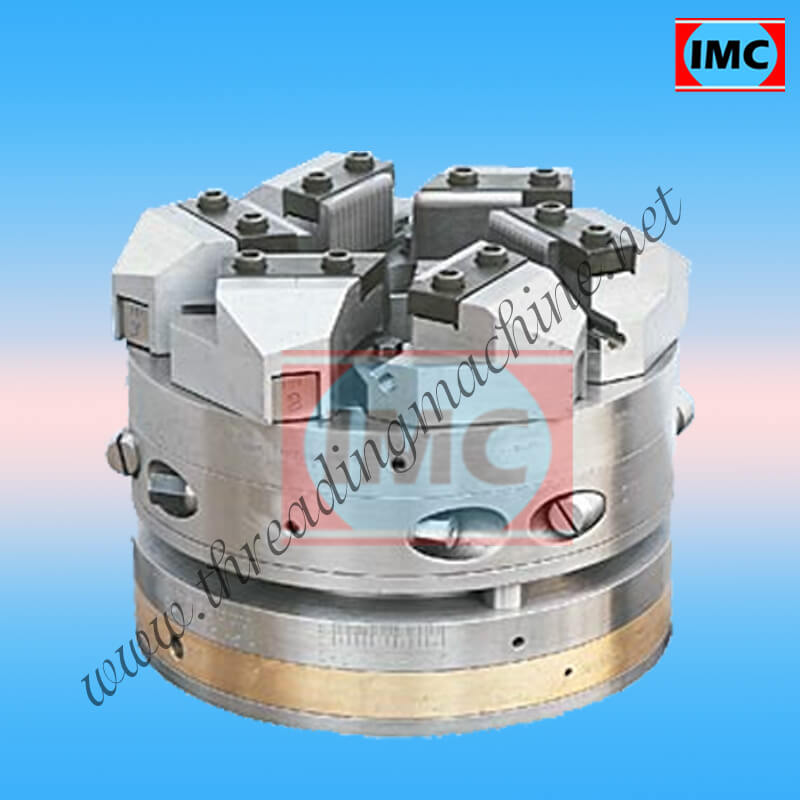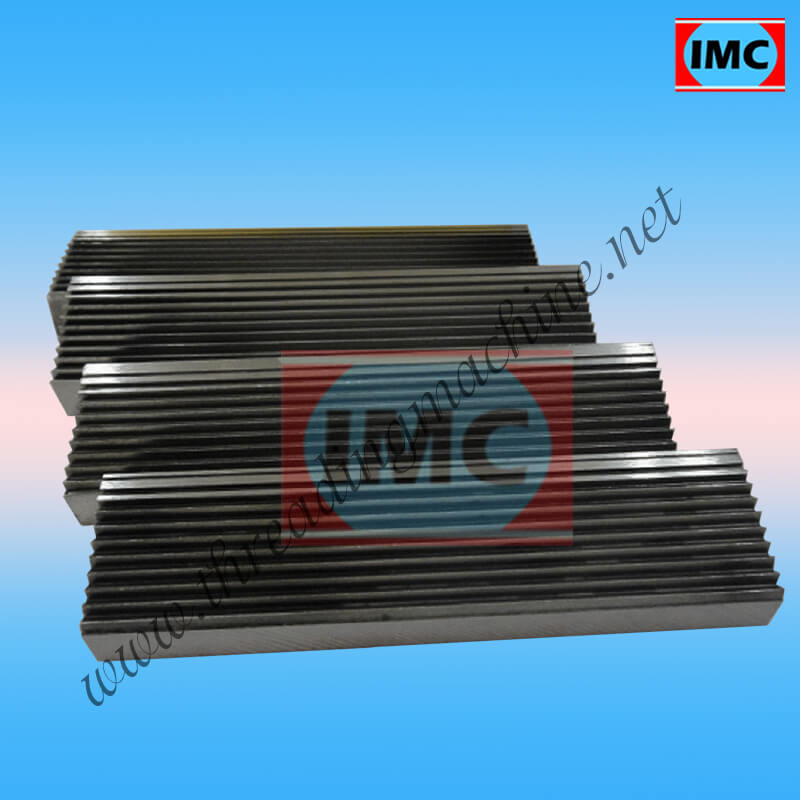
Lanco Type Threading Die Head
Industrial Machinery Corporation is proud to present the Lanco Type Threading Die Head, a cutting-edge tool designed to meet your threading needs with unparalleled precision and efficiency. Our thre ...
VIEW MOREIMC Threading taps are specially designed tools used to cut the female portion of a mating pair of metal fasteners. A Threading Tap removes material from a pre-drilled or punched hole. The result produces threads within the drilled hole. The cutting edges at the front of a tap remove material from the workpiece. The chips are stored in the flutes, pushed forward in front of the tap, or drawn up along the flutes, removing the chips and cutting fluids from the hole
Threading taps are tools used in machining operations to create internal threads in a workpiece. IMC, or Intermediate Metal Conduit, is a type of electrical conduit commonly used for wiring installations. Threading taps for IMC are designed specifically for creating threads in IMC conduit.
When working with IMC conduit, it's important to use the appropriate tapping tools to ensure accurate and effective threading. Here are some key considerations when using threading taps for IMC:
Tap Size: Select the tap size based on the desired thread size for the IMC conduit. IMC conduit typically comes in standard sizes such as 1/2 inch, 3/4 inch, 1 inch, etc. Choose a tap that matches the size of the conduit.
Tap Material: Threading taps for IMC are typically made of high-speed steel (HSS) or cobalt. HSS taps are suitable for most general-purpose applications, while cobalt taps offer better performance and durability when working with harder materials.
Tap Type: There are various types of taps available, including hand taps, machine taps, and pipe taps. Hand taps are used for manual threading, while machine taps are designed for use with tapping machines or power tools. Pipe taps are used specifically for creating threads in pipe fittings.
Cutting Direction: Threading taps are available in both right-hand and left-hand cutting directions. Choose the appropriate tap based on your threading requirements and the direction of rotation during the tapping operation.
Lubrication: Applying a cutting lubricant or tapping oil to the tap and workpiece can help reduce friction and improve the thread quality. It also helps prolong the life of the tap by preventing overheating and excessive wear.
Tapping Process: When tapping IMC conduit, ensure that the conduit is securely held in place, either in a vise or with a suitable clamping device. Start the tapping process by aligning the tap with the conduit and applying steady pressure while rotating it clockwise (for right-hand taps) or counterclockwise (for left-hand taps). Ensure that the tap is properly aligned and perpendicular to the conduit to create accurate threads.
Tap Depth: Pay attention to the tap depth to avoid over-tapping or under-tapping. The depth of the tap should match the requirements of the specific threading application.
Always follow the manufacturer's instructions and safety guidelines when using threading taps for IMC or any other type of conduit. Additionally, it's recommended to wear appropriate personal protective equipment (PPE) such as safety glasses and gloves when working with tools and machinery.

Industrial Machinery Corporation is proud to present the Lanco Type Threading Die Head, a cutting-edge tool designed to meet your threading needs with unparalleled precision and efficiency. Our thre ...
VIEW MORE
Industrial Machinery Corporation proudly introduces the Lanco Type Pipe and Bolt Threading Tangential Chaser Die, a cutting-edge solution designed to optimize your threading processes. With its innova ...
VIEW MORE